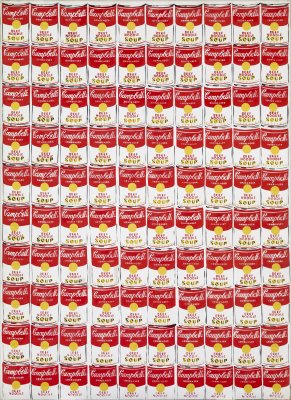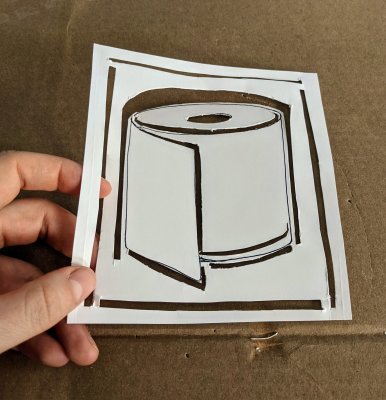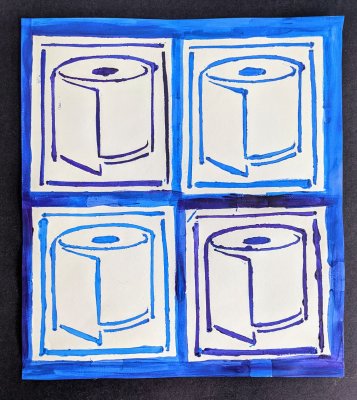Before becoming the prolific artist he is known as today, Andy Warhol was the most successful and highly paid commercial illustrator in New York. Warhol’s paintings from the early 1960s were crucial in pioneering the breakdown between high and low art forms characteristic of Pop art, and his images of Marilyn Monroe, soup cans, and sensational newspaper stories quickly became synonymous with the emerging artistic movement.
Consumer goods and ad imagery were flooding the lives of Americans during this era, and Warhol turned his attention to consumer products like Coca-Cola and Campbell’s Soup as the basis for subtly re-creating this abundance. His use of everyday items encouraged people to be more observant of the world and commercial products around them. Warhol painted many works that feature soup cans, both individually and in groups. 100 Cans was painted by hand with the partial use of stencils; however, a closer look reveals that the cans are not identical. For example, the amount of black in the word “Soup” is not always consistent and the clarity of the word “Campbell’s” varies. The same year he made this painting, Warhol began using silk screen, which allowed him—and others—to produce his work in an assembly-line fashion that emphasized the ways in which everything can be processed and packaged for consumption, even art.
In this activity for adults, we'll walk you through how to create a stencil series featuring an everyday object inspired by Warhol's 100 Cans, 1962.










